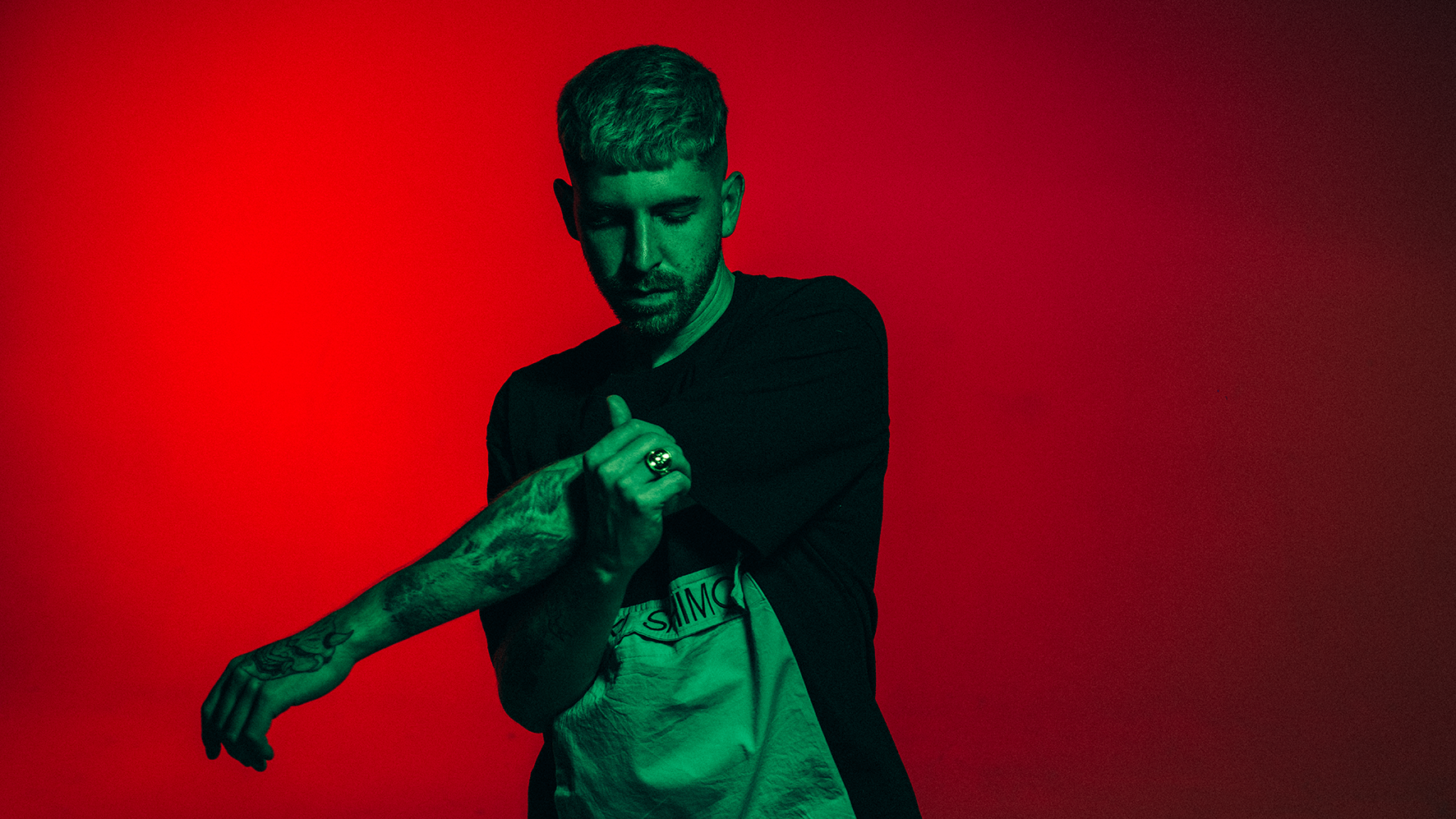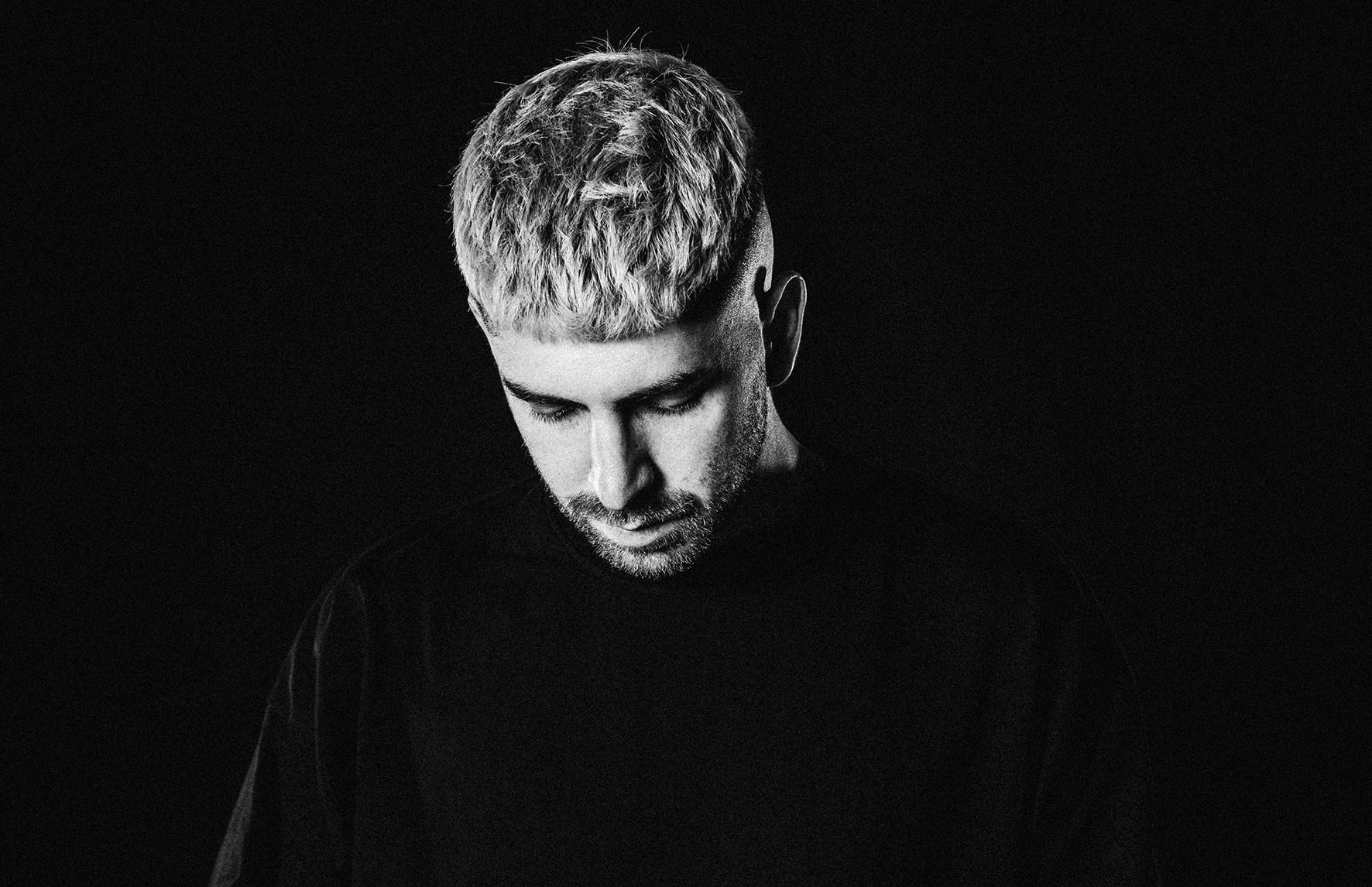Regal: "I started when I was 13 or 14... it was actually thanks to a demo program called Dance eJay that came in a Krispies box"
Following the release of his debut album, the techno giant talks 303s, savvy sidechaining and production power tips

How many 303s does a man need? For Gabriel Cassina, best known under the stage name Regal, the answer is not one, but four. Or one and three clones, that is.
Unsurprisingly, there’s an acidic tinge to his hard-headed techno, which has been released on BPitch Control, Figure, and his own imprint, Involve Records. Following the release of his first ever LP, Remember Why You Started, we caught up with the producer and DJ to talk dream gear purchases and smart sidechaining.
When did you start making music, and how did you first get started?
“I started when I was 13 or 14 years old, if I'm not wrong, and it was actually thanks to a demo program called Dance eJay that came in a Krispies box – good old times. This program was a very simple sequencer with pre-loaded loops that you could arrange and make a song with.
"Those were my very first tracks and even though it was super simple and meant for kids, it gave me a first impression of how music production works.”
The kick and the bassline are the elements I start most of my tracks with, the rest of the track usually comes by itself
Tell us about your studio/set-up.
“Unfortunately I don't have a real studio at the moment, as I moved back to Madrid just a few months ago and couldn't find a new place yet. When I was living in Barcelona, my studio was made up of two Focal Alpha 80 monitors and a Focusrite Scarlett 20i20 sound card.
Get the MusicRadar Newsletter
Want all the hottest music and gear news, reviews, deals, features and more, direct to your inbox? Sign up here.
“In regards to analogue instruments I have the TR-8, a Roland 707 and a RD-8 as drum machines and a TT-303, a TD-3, a MB-33 and a TB-303 as my acid machines. The analogue synths that I use are the PRO2 and Volca Keys.”

What DAW (or DAWs) do you use, and why did you choose it?
“I use Ableton Live. I think it’s the most intuitive DAW out there – simple and very efficient. I tried others but Ableton was the one that really hooked me.”
What one piece of gear in your studio could you not do without, and why?
“All my four 303 machines, I literally produce 99% of my tracks with them (and I guess you can hear that) [laughs]. They are my babies and nothing in the world could convince me to get rid of them.”
All my four 303 machines, I literally produce 99% of my tracks with them
What's the latest addition to your studio?
“To be honest it's actually been a while since my last purchase... I think the last addition was the MB-33 and I love it. That was a super nice tip from In Verruf.”
What dream bit of gear would you love to have in your studio?
“Hmm, it's very difficult to stick to just one... if I could, I would buy new stuff every day. Maybe, if I had to choose, I go for the original 909 and 303. But also the amazing Juno 106 or Yamaha DX7.
"There's too much great stuff out there to pick just one. But to be honest, I'd prefer to have a super nice studio to be inspired in instead of having a lot of gear laying around in every corner of a shady studio.”
When approaching a new track or project, where do you start?
“It depends. Sometimes I start with a melody that is stuck in my head and some other times just with a kick.
To keep some kind of order when producing, try to make groups of your different elements
"But I guess that the kick and the sub/bassline are the elements I start most of my tracks with, the rest of the track usually comes by itself.”
What are you currently working on?
“At the moment I am finishing a few remixes and some tunes for some VAs to be released this and next year. But after the album I wanted to have a little break from music production to refresh my head a little bit and get inspired by new ideas.
I hope to be back on the road more this year, since the last year has been so hard and I miss clubs and festivals a lot. But there certainly will be plenty of music coming from me in 2022!”
Regal's three production power tips
1. Ghost track for sidechain
“When using the sidechain on the kick, don't use it on your main kick track. Create a ghost kick track (muted) for the whole duration of the track and sidechain your compressor to that track. By doing this you will avoid weird rises of volume in your breaks.”
2. Sidechain delay
“If you're using a delay on a return track, try using a sidechain compressor on the same sound that is receiving the delay. This will avoid muddy delay sounds. You can use this trick with reverb and some other FX too.”
3. Make groups
“I like to have everything under control and sorted. To keep some kind of order when producing, try to make groups of your different elements. This will help you to know pretty quickly where each element is.”
Regal’s Remember Why You Started is out now on Involved Records.



I'm MusicRadar's Tech Editor, working across everything from product news and gear-focused features to artist interviews and tech tutorials. I love electronic music and I'm perpetually fascinated by the tools we use to make it. When I'm not behind my laptop keyboard, you'll probably find me behind a MIDI keyboard, carefully crafting the beginnings of another project that I'll ultimately abandon to the creative graveyard that is my overstuffed hard drive.









